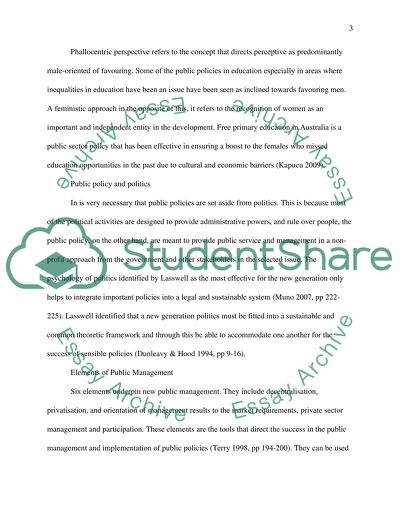Cite this document
(“Comparative public sector management Essay Example | Topics and Well Written Essays - 2250 words”, n.d.)
Comparative public sector management Essay Example | Topics and Well Written Essays - 2250 words. Retrieved from https://studentshare.org/social-science/1657638-comparative-public-sector-management
Comparative public sector management Essay Example | Topics and Well Written Essays - 2250 words. Retrieved from https://studentshare.org/social-science/1657638-comparative-public-sector-management
(Comparative Public Sector Management Essay Example | Topics and Well Written Essays - 2250 Words)
Comparative Public Sector Management Essay Example | Topics and Well Written Essays - 2250 Words. https://studentshare.org/social-science/1657638-comparative-public-sector-management.
Comparative Public Sector Management Essay Example | Topics and Well Written Essays - 2250 Words. https://studentshare.org/social-science/1657638-comparative-public-sector-management.
“Comparative Public Sector Management Essay Example | Topics and Well Written Essays - 2250 Words”, n.d. https://studentshare.org/social-science/1657638-comparative-public-sector-management.


